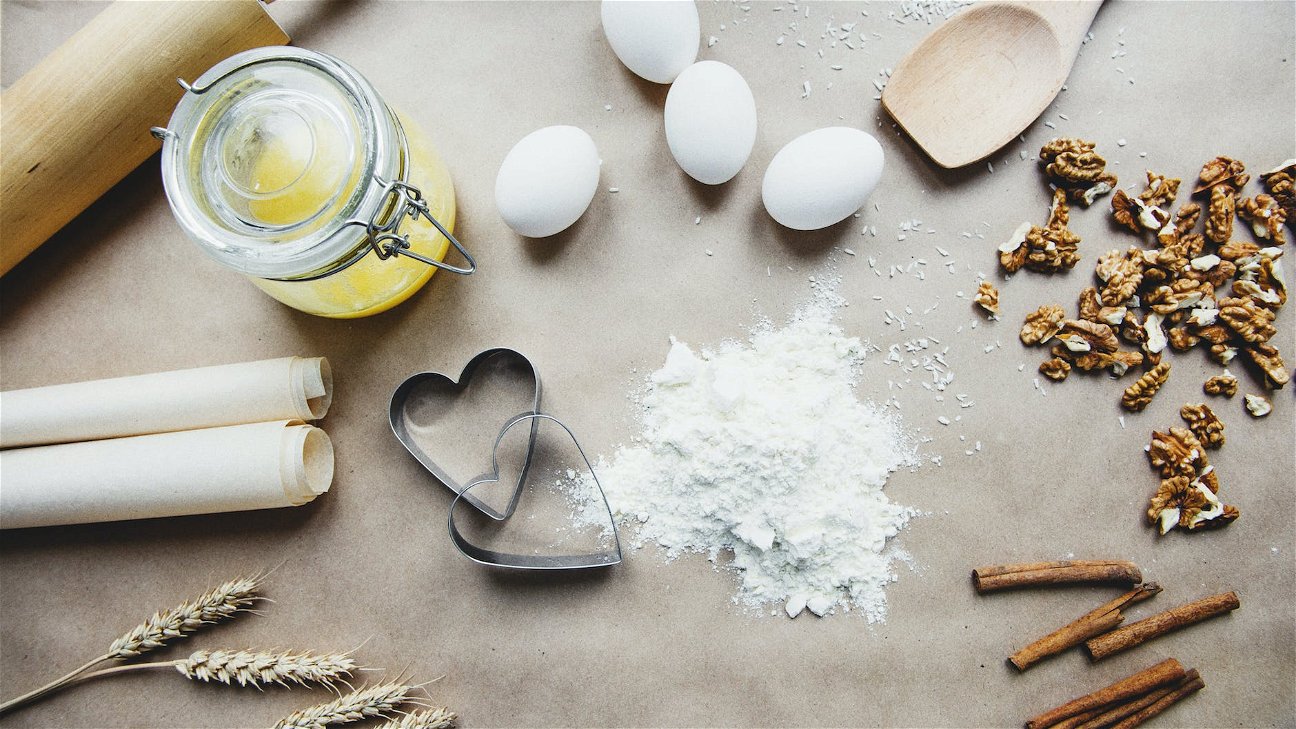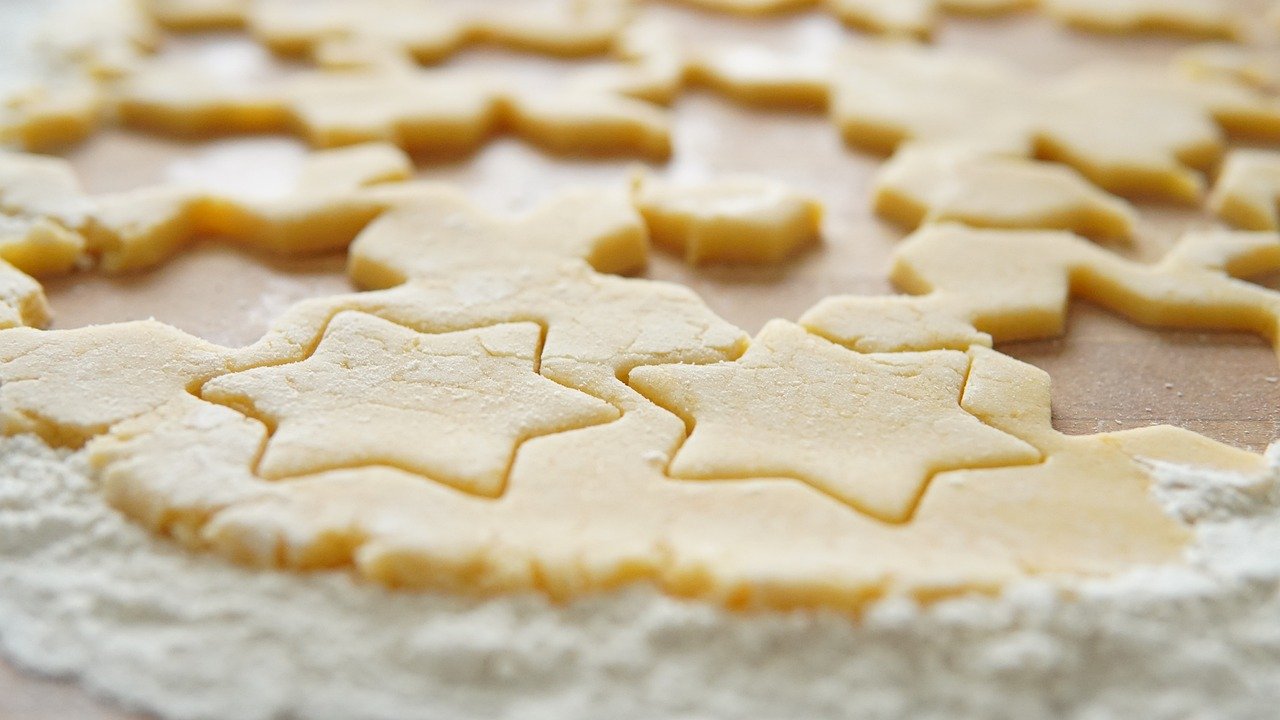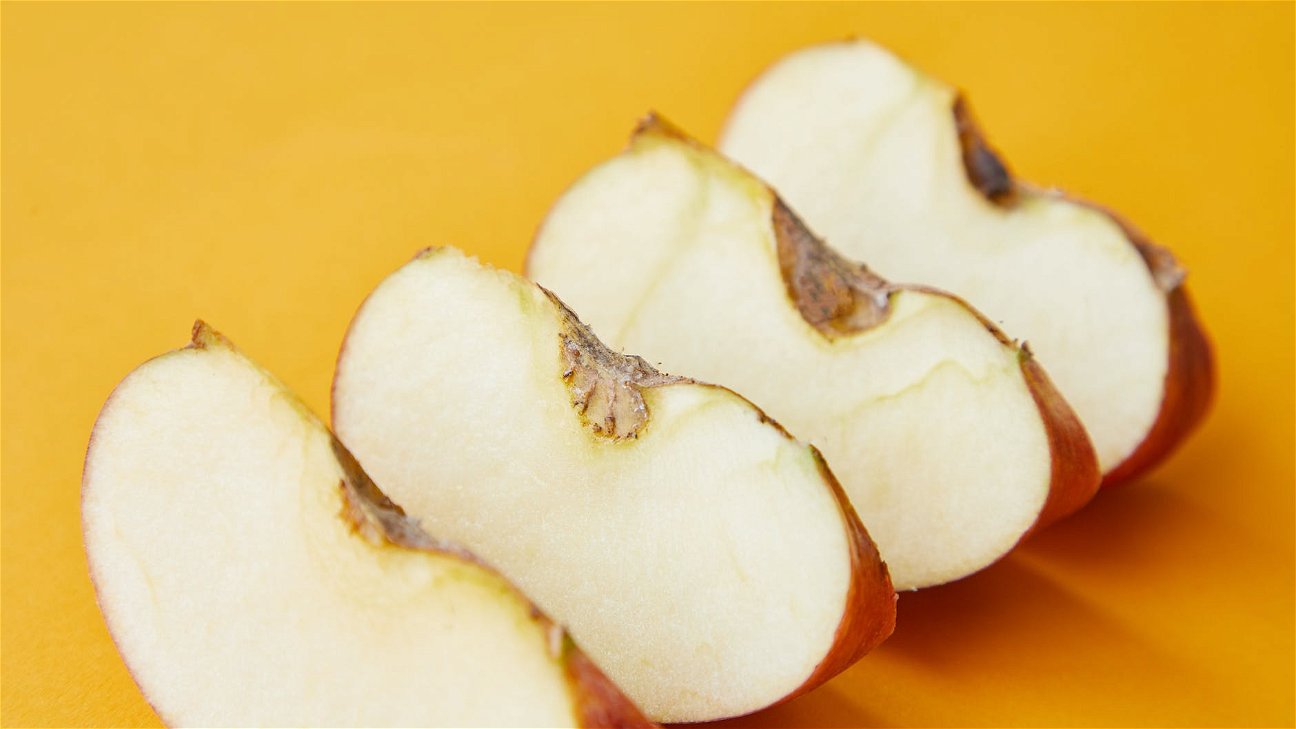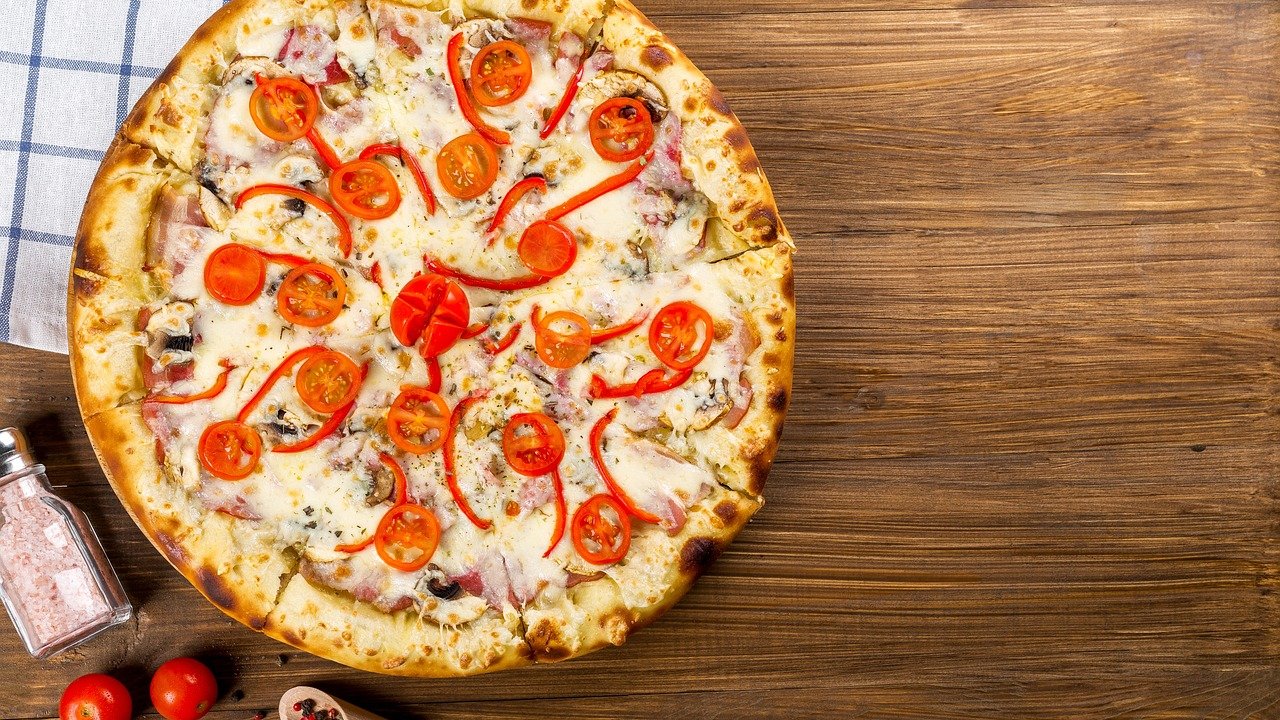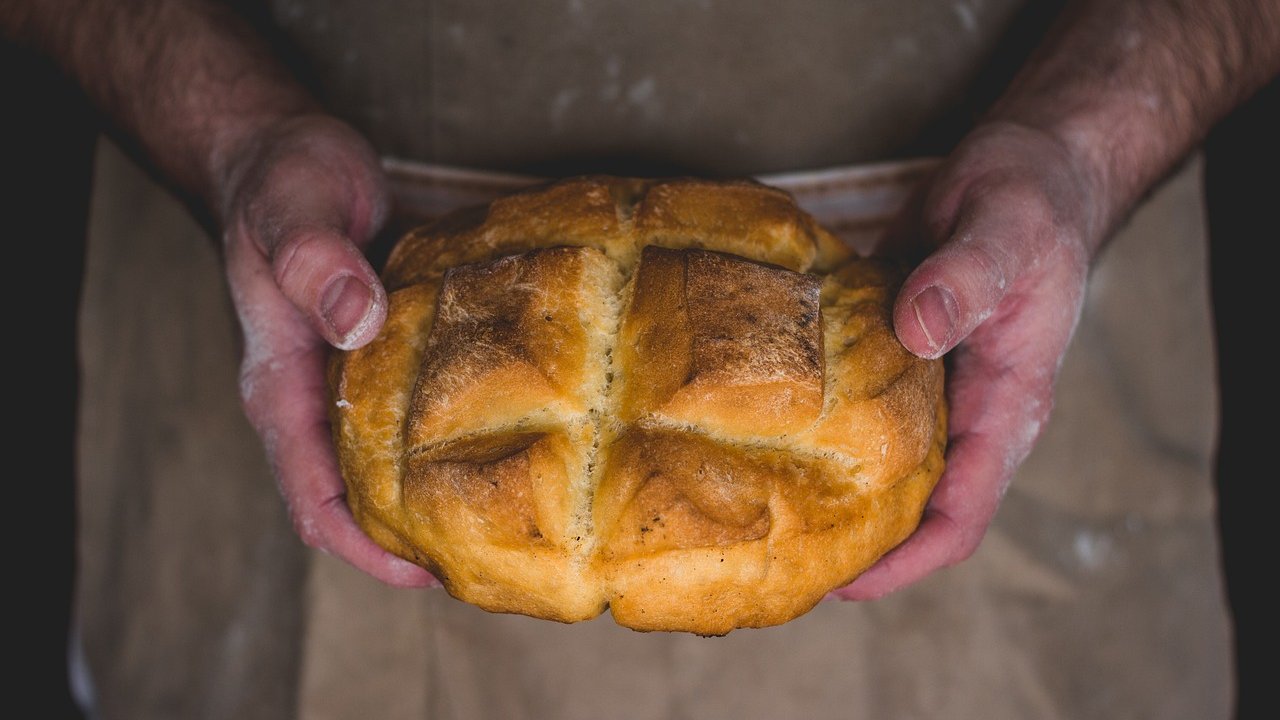
If you've ever baked bread, you know that the recipe calls for water. But do you understand the role water plays in the baking process? It's all about hydration, and it's more complex and critical than you might think.
The role of water in bread baking
Water is the key to the baking process. It combines with flour to create gluten, the protein structure that gives bread its texture. Additionally, it helps yeast grow, which is essential for fermentation and adding volume to the bread. Water also helps in the browning of the bread crust through its evaporation during baking.
Understanding bread hydration
Bread hydration is expressed as a percentage, specifically, the weight of the water divided by the weight of the flour. This is known as the hydration ratio. For example, if you're using 500g of flour and 350g of water, your hydration ratio is 70%.
Different types of bread require different hydration levels. For instance:
- Bagels: 50-60%
- Sandwich bread: 60-70%
- Ciabatta: 70-80%
- Focaccia: 75-85%
How hydration affects bread texture
Hydration directly influences the texture and flavor of your bread. A lower hydration will result in a tighter, denser crumb, perfect for bagels and sandwich bread. Higher hydration doughs, like those used for ciabatta or focaccia, create a light and airy texture with larger holes in the crumb.
Hydration also affects the baking time and temperature. Higher hydration breads usually require a longer baking time and lower temperature, while lower hydration breads bake quicker at a higher temperature.
Tips for hydrating bread dough
- Start with a lower hydration ratio. If you're new to baking, start with a lower hydration ratio. It's easier to handle and will still yield a delicious loaf of bread.
- Gradually increase hydration. Once you're comfortable, gradually increase the hydration to achieve lighter, airier bread.
- Use warm water. Warm water (around 100°F) helps yeast activate quicker, making the dough rise faster.
- Use a kitchen scale. Measuring by weight rather than volume is more accurate and will give you consistent results.
In conclusion, understanding and mastering the hydration process in bread baking can take your homemade loaves to the next level. So the next time you're baking, pay extra attention to the amount of water you're adding.




